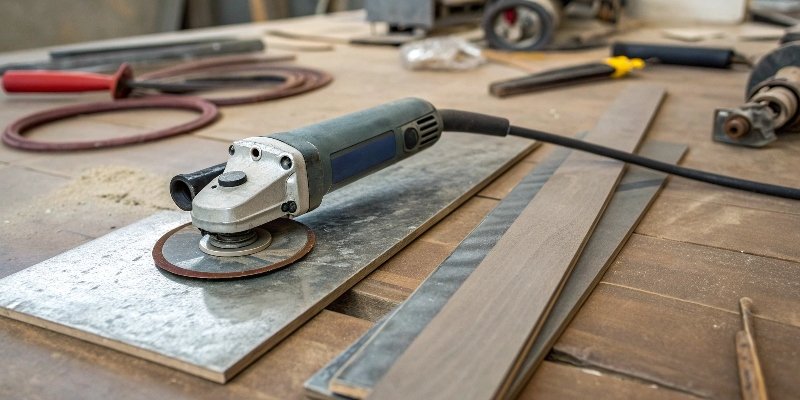
Your angle grinder sits in your workshop, but do you know its full power? You might be using it for just one job. This limits your efficiency and costs you money.
An angle grinder is a highly versatile power tool designed for cutting, grinding, polishing, and surface preparation. Its main purpose is to work on hard materials like metal, stone, and concrete, making it essential for fabrication, construction, and repair jobs that require aggressive material removal or shaping.
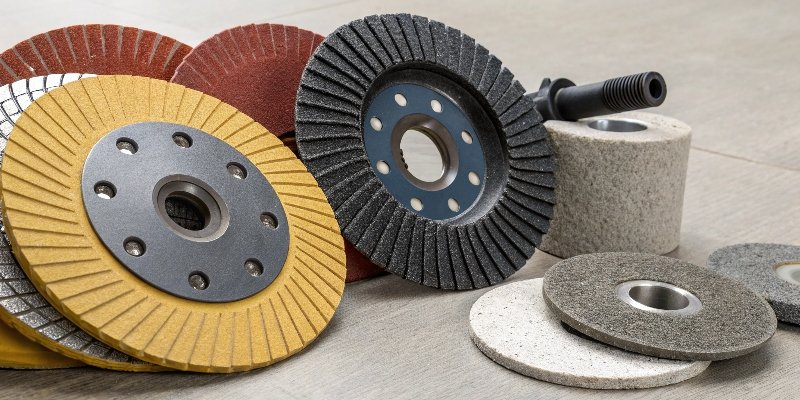
This tool might seem simple, but its real value is in its flexibility. We’ve been making abrasive tools for nearly 30 years, and I’ve seen how a single angle grinder1 can replace multiple other tools on a job site. It all comes down to choosing the right accessory. You can switch from slicing through steel rebar to polishing a stainless steel weld in seconds. This article will break down exactly what this powerhouse can do for you. Let’s dive into how you can unlock its full potential and make your work faster and more efficient.
Which materials can an angle grinder be used to cut, grind, or polish?
Using the wrong disc on a specific material is a common mistake. This can ruin your workpiece and even cause the disc to shatter. Knowing the right pairings is key to safety and success.
Angle grinders can work on a wide range of materials, primarily metals like steel and aluminum, and masonry like concrete, stone, and tile. With special attachments like flap discs or wire wheels, they can also be used for shaping, sanding, and stripping paint from wood.
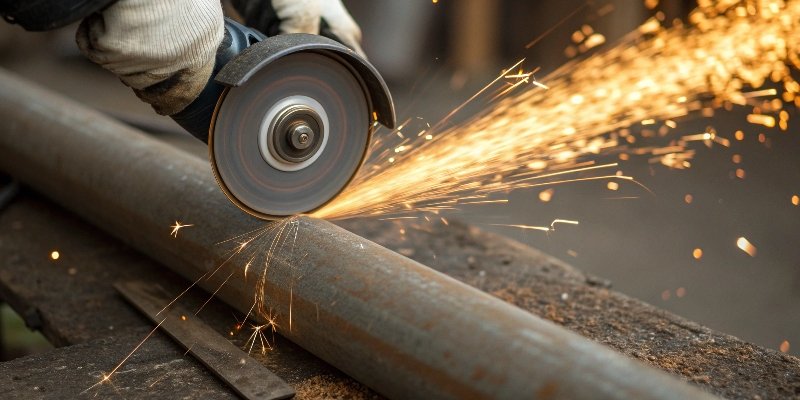
At my factory in Henan, we produce discs for almost every application imaginable. The key is matching the abrasive material2 of the disc to the workpiece material. For hard, brittle materials like granite or concrete, you need a diamond saw blade. Our diamond blades3 are engineered for this, providing clean cuts without overheating. For metals, you’ll use bonded abrasive wheels4 for cutting5 and grinding6, or flap discs7 for finishing. Understanding this relationship turns your angle grinder from a single-purpose tool into a multi-material workhorse. It helps you work smarter, not harder.
Material and Disc Compatibility
| Function | Suitable Materials | Common Applications | Recommended Abrasive |
|---|---|---|---|
| Cutting | Metal (Steel, Aluminum), Stone, Tile | Cutting rebar, pipes, pavers | Diamond Saw Blades, Bonded Cut-off Wheels |
| Grinding | Metal, Concrete | Smoothing welds, shaping stone | Grinding Wheels, Diamond Grinding Cups |
| Surface Prep | Metal, Wood, Stone | Removing rust, paint, burrs | Wire Wheels, Flap Discs, Sanding Pads |
| Polishing | Metal, Wood | Creating a mirror finish, finishing wood | Polishing Pads, Buffing Wheels, Fine-Grit Flap Discs |
How do the functions of cutting and grinding differ when using an angle grinder?
You see an operator slicing through rebar, then another smoothing a weld. They are both using an angle grinder, but the technique is different. Mixing them up leads to poor results and serious safety hazards.
Cutting involves using the thin edge of a cut-off wheel to slice completely through a material. Grinding uses the flat face of a thicker grinding wheel at a shallow angle to remove material from a surface, for shaping or smoothing, without cutting all the way through.
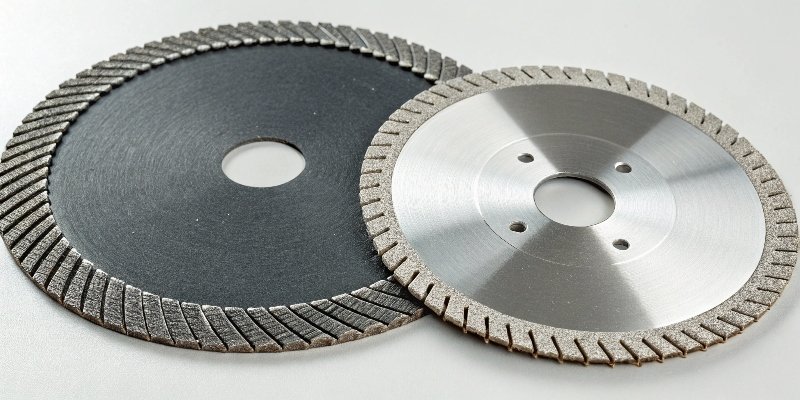
The biggest difference is the disc itself and the forces it’s designed to handle. A cut-off disc is thin, often just 1-3mm. It is made for straight-line cutting and cannot handle side pressure. I’ve seen workshop accidents where operators tried to grind with a cutting disc, causing it to explode. A grinding wheel is much thicker, usually over 6mm. It is built to withstand the side pressure of grinding on a surface, typically at a 15-30 degree angle. As a manufacturer, we design and label our RL brand wheels very clearly for "Cutting Only" or "Grinding." This distinction is not a suggestion; it is a critical safety rule for any professional user.
What are the primary uses for an angle grinder in professional metalworking and construction?
Walk onto any professional job site, and you will hear the sound of an angle grinder. You know it’s a vital tool. But what are the specific, high-value tasks it performs day in and day out?
In metalworking, angle grinders are essential for cutting stock material, prepping joints for welding, and grinding welds smooth. In construction, their primary uses include cutting rebar and mesh, scoring and cutting concrete, and shaping stone or tile for custom fits.
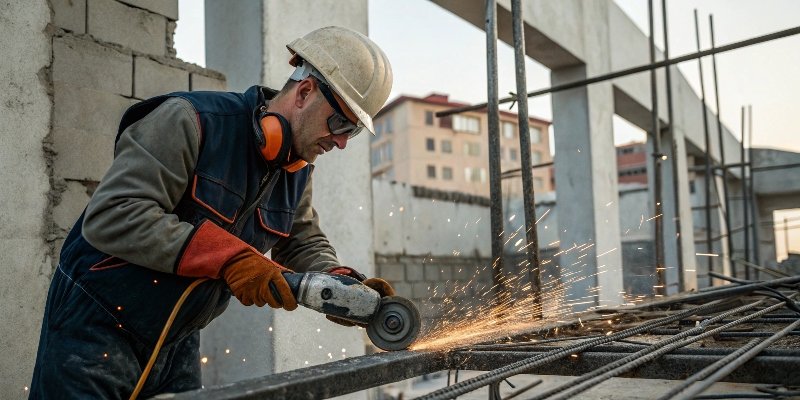
For professional buyers, productivity is everything. The angle grinder is the go-to tool because it’s fast and powerful. In a fabrication shop, a worker can quickly cut dozens of steel pipes to length. Then, they can switch to a grinding wheel to bevel the edges for a perfect weld joint. After welding, they switch again to a flap disc to create a seamless, finished surface. In construction, time is money. An operator needs to cut a notch in a concrete block. A large saw is clumsy, but an angle grinder with one of our diamond blades does the job in minutes. The tool’s versatility and power make it indispensable for professionals who need to control costs and meet deadlines.
In what situations is an angle grinder a better choice than a dedicated saw or sander?
Your workshop has a circular saw and an orbital sander. Yet you often reach for the angle grinder instead. Choosing the right tool can feel confusing. You need to know when the grinder’s unique strengths give you an advantage.
An angle grinder is a better choice in tight, awkward spaces where larger saws cannot fit. It also excels at tasks that require both aggressive material removal and shaping, making it more versatile than a standard sander for jobs like sculpting metal or stripping thick coatings.
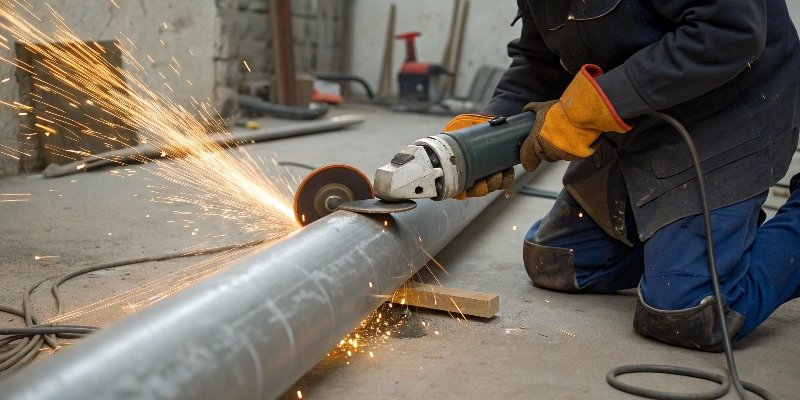
The decision comes down to access, power, and versatility. A chop saw gives you a perfect 90-degree cut on the bench, but it can’t cut a rusty bolt under a machine. An angle grinder can. An orbital sander gives you a fine finish on a tabletop, but it would take forever to remove a thick, bumpy weld. An angle grinder with a flap disc does it in seconds. We design our abrasive products understanding these real-world trade-offs. The grinder isn’t always about precision; it’s about applying force and control in situations where other tools are too bulky or too weak. It bridges the gap between rough cutting and fine finishing.
Angle Grinder vs. Dedicated Tools
| Task | Angle Grinder | Dedicated Tool (Saw/Sander) | Why Choose the Angle Grinder? |
|---|---|---|---|
| Cutting Installed Pipe | Excellent | Difficult with a large saw | It is portable and fits in tight spaces. |
| Aggressive Shaping | Excellent (with flap disc) | Slow with a standard sander | It provides much faster material removal. |
| Flush Cutting Bolts | Good (with cut-off disc) | Very difficult with most saws | It can cut directly against a flat surface. |
| Smoothing a Weld | The only practical choice | Not possible | It is specifically designed for this task. |
Conclusion
Ultimately, an angle grinder is a versatile powerhouse. Its ability to cut, grind, and polish various materials makes it an essential and cost-effective tool for any workshop or job site.
-
Explore the versatility and efficiency of angle grinders in various applications. ↩
-
Discover the different abrasive materials that enhance angle grinder performance. ↩
-
Find out how diamond blades improve cutting efficiency for tough materials. ↩
-
Find out how bonded abrasive wheels enhance cutting and grinding tasks. ↩
-
Learn about the unique cutting capabilities of angle grinders compared to traditional saws. ↩
-
Discover the grinding techniques that maximize the performance of angle grinders. ↩
-
Learn about flap discs and their advantages for grinding and finishing. ↩
Written by
leeon
You may also be interested in:
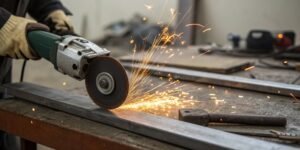
Can You Use an Angle Grinder Without a Shield?
Feeling the urge to remove your angle grinder’s guard for a tricky cut? That simple act could lead to a life-changing accident. Your safety is
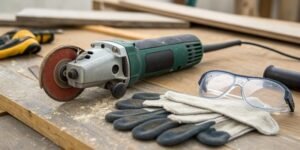
Are angle grinders dangerous?
Worried about the horror stories you’ve heard about angle grinders? These powerful tools can seem intimidating, and misuse can certainly lead to serious accidents. But
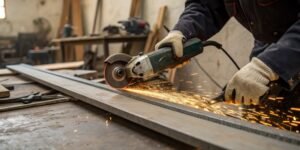
Can a saw be sharpened with an angle grinder?
A dull saw slows down your work and costs you money in replacements. But what if you could restore a sharp edge using a tool
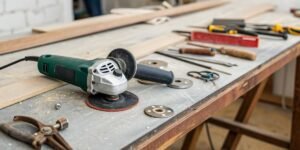
Should I buy an angle grinder for home related works?
Thinking about a tough home project? Cutting metal or tile by hand is slow and frustrating. An angle grinder could be your powerful solution for
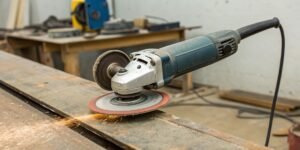
What is an angle grinder?
Are you confused by this powerful, versatile tool? You see it everywhere but are not sure what it does or if you need one. Getting
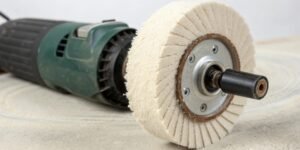
What is a buffing wheel used for?
Dull, scratched surfaces can ruin your products. This costs time and money. A buffing wheel is your tool to restore that perfect, professional finish everyone
